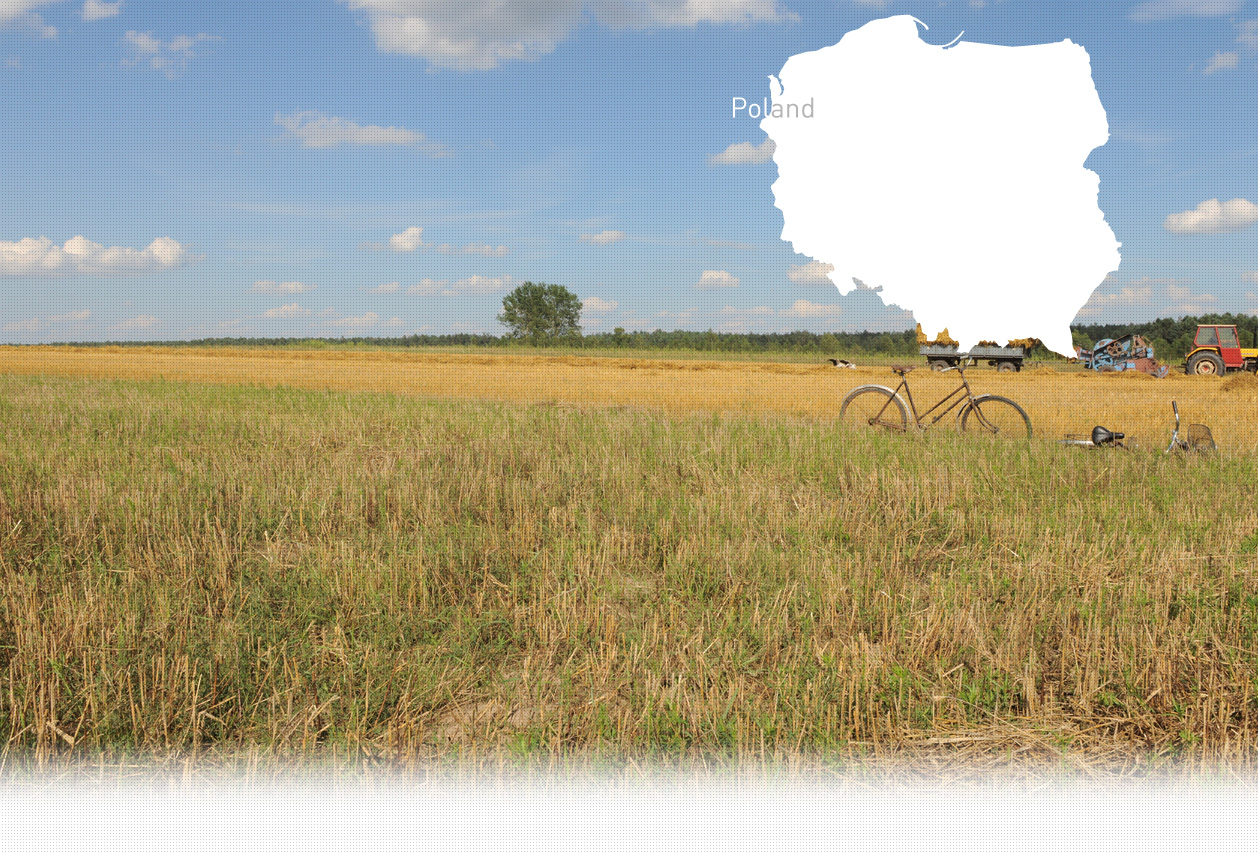

1 Killing site(s)
Stanisław S., born in 1932: “Before the war, a few Jews lived in Wola Brzostecka. They had a pond, and they would sell fish. They also had a small shop on the edge of the village as well as an inn. Many more Jews lived in nearby Brzostek. During the German occupation, Jews were moved from Wola Brzostecka to nearby Brzostek. They had to walk there on food for about 4km and assemble in the marketplace to be deported somewhere else. But when the covered trucks came, they brought the Jews to the shooting place located in the forest of Kołaczyce. But a group of Jews from Brzostek, four women and two men, managed to flee and get to the village of Łopacianka to see a Pole, who then took them to the forest where they were able to find a hiding place. It was a kilometer from my family house, on the border between Wola Brzostecka and Łopacianka, not far from a pond. At some point, the Jews wanted to hide deeper in the forest. My father and I helped them move and organize a new hiding place in a dugout. We would supply them with food which they came to get at night.” (Witness N°1185, interviewed in Zwiernik, on November 25, 2020)
1. Date and place of execution: February 1944
2. The type of execution / shooting, hanging or other types: shooting
3. Data concerning the executed victims: 1 Pole from Wola Brzostocka and 6 Jews from Brzostek were executed by the gendarmes and buried in a mass grave in the forest; there was no exhumation. (Court Inquiries about executions and mass graves in districts, provinces, camps and ghettos. RG-15.019M Reel#11 FILE 35, 36 and 37.pdf p.309-308, village of Wola Brzostecka, powiat of Jaslo, Subcarpathian Voivodeship)
Wola Brzostecka is a village in the administrative district of Gmina Brzostek, within the Subcarpathian Voivodeship, in south-eastern Poland. It lies approximately 42 km west of the regional capital, Rzeszów. According to YIU’s witness, Stanisław S., born in 1932, there were only a few Jews living in Wola Brzostecka. Some of them had a pond and sold fish, while others owned a little shop and an inn on the edge of the village. However, most of the Jews who Stanisław remembered lived in nearby Brzostek, a little town located about 3 km from Wola Brzostecka. Before the outbreak of World War II, there were about 500 Jewish residents living in Brzostek, constituting 30% of the town’s population. The local Jews had their own synagogue, cemetery, mikveh, library, and religious school. Jews were present in local politics and very active in social life. Most local Jews engaged in trade and crafts, while only a few made a living from farming. There was a Jewish religious community in Brzostek that encompassed at least 20 nearby localities, including Wola Brzostecka. In 1930, Brzostek had 59 traders, 51 of whom were Jews. They would sell all kinds of goods, such as clothes, wood, poultry, eggs, leather, and much more. A few Jews from Brzostek owned inns. Shoemakers constituted the largest group among Jewish craftsmen.
Right after they arrived in Brzostek, the Germans started persecuting the Jews, mainly by stealing their valuables and shutting down Jewish shops. During the first weeks of the occupation, many Jews managed to flee to the USSR. Those who stayed in Brzostek were gathered in a ghetto in 1941. The Germans made Jews perform forced labor all over the town. 180 people who were not killed during the liquidation of the ghetto were sent to Kołaczyce on August 12, 1942, and then to the Podzamcze forest, where they were shot by the Germans. Many other Jews from Brzostek were killed in the Pustkow and Szebnie concentration camps, or shot in different execution sites, such as the local Jewish cemetery or nearby forests. The Jews who managed to escape the executions tried to find shelter in neighboring villages. This was the case for the Fisch family from Brzostek: Hena, aged 62, her three daughters, Ruchla, aged 41, Feiga, aged 37, Rojza, aged 35, her granddaughter, Estera, aged 8, and her son, Mojzesz, aged 33. Before the war, the Fisch family owned a bakery in Brzostek. YIU’s witness, Stanisław S., born in 1932, recalled that his father, Jan Jantoń, would work with the Fisch family and bring them wood from the forest to the bakery. The Fisch family escaped the deportation of Jews to Kołaczyce and fled to the nearby village of Łopacianka to hide with a Polish farmer they knew. The latter found them a shelter in a young forest located between Łopacianka and Wola Brzostecka. Stanisław’s family helped the Fisch family by making a bunker for them and supplying them with food and medicine. On December 8, 1942, the Germans, helped by blue marine police, found the Fisch family’s hiding place and killed them all, as well as Jan Jantoń, who was there that day. The Germans and their collaborators threw grenades into the bunker and shot those who tried to escape. The bodies of the victims were buried at the execution site by local men and remain there today. The site is commemorated with a monument. In 1992, Jan Jantoń and his wife, Bronislawa, were recognized posthumously as Righteous Among the Nations by Yad Vashem.
Do you have additional information regarding a village that you would like to share with Yahad ?
Please contact us at contact@yahadinunum.org
or by calling Yahad – In Unum at +33 (0) 1 53 20 13 17